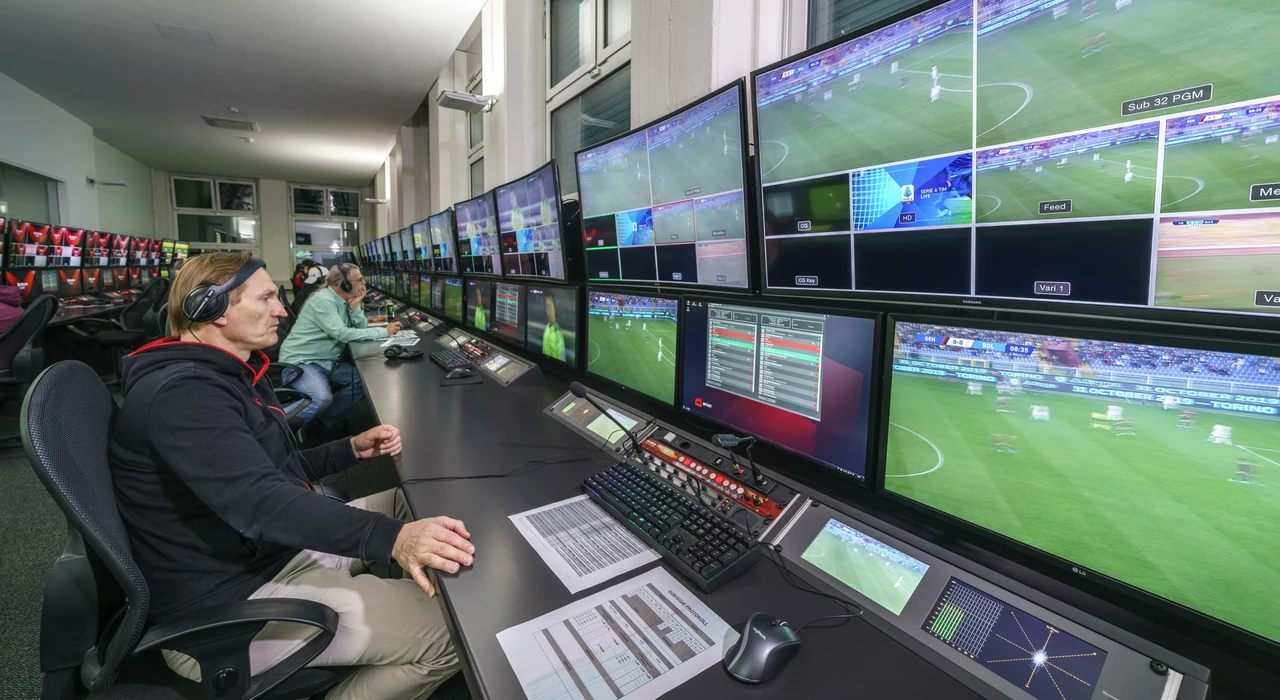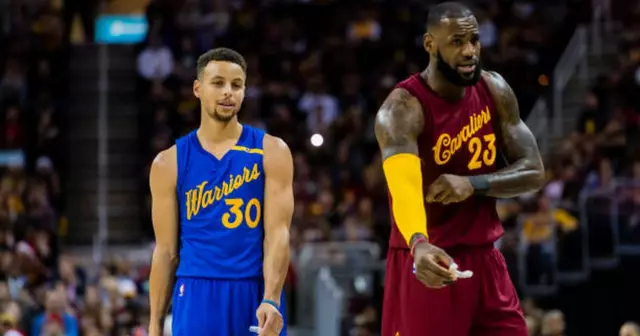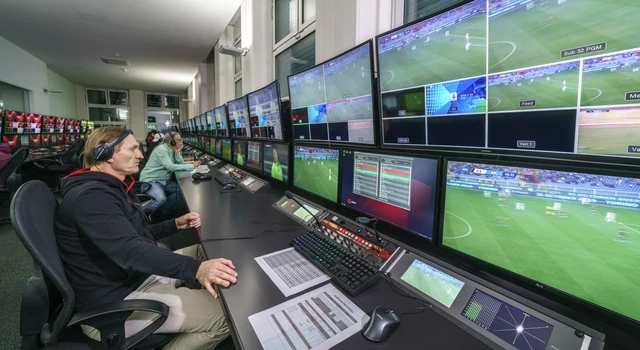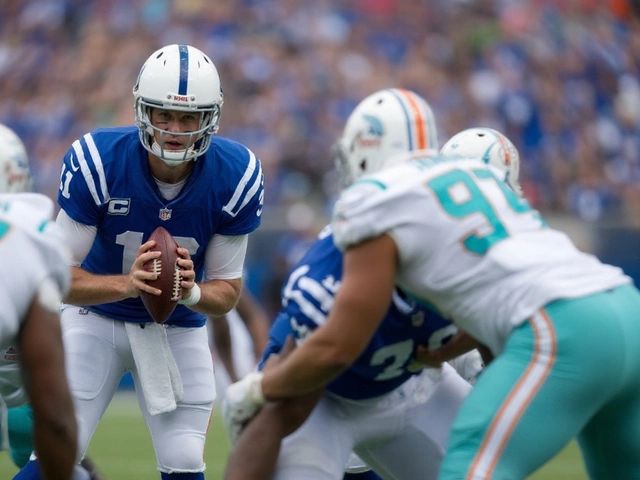How Many People Does a Live Sports Broadcast Need?
Ever wondered why you see smooth action, instant replays, and crisp commentary on your TV? It’s not magic – it’s a team of people working together. Most live sports shows need around 30 crew members, but the exact number changes with each event.
Think of a big football game. You’ll have camera operators capturing the play, a director calling the shots, a producer keeping the schedule, and commentators sharing the excitement. Add in audio engineers, graphics designers, replay operators, and a handful of support staff, and you’re already over 20 people. For a smaller local race, the crew might shrink to 10‑15 hands.
Key Roles on a Broadcast Crew
Camera Operators – They position the cameras, follow the action, and make sure every angle looks good. Most productions use several cameras, so each operator has a specific spot.
Director – This person watches all the camera feeds and tells the operators which shots to use. They decide when to cut to a replay or switch to a different angle.
Producer – The producer runs the overall schedule, makes sure the broadcast stays on time, and coordinates with sponsors and talent.
Commentators – Whether it’s a play‑by‑play voice or a color analyst, they add excitement and explain what’s happening.
Audio Engineers – They manage microphones, crowd noise, and music, making sure the sound is clear and balanced.
Replay Operator – This tech cues up instant replays, slow‑motion clips, and highlights as soon as something big happens.
Graphics Designer – They create on‑screen stats, scoreboards, and visual effects that appear during the game.
Technical Crew – These folks handle signal routing, satellite uplinks, and equipment setup. Without them, the feed wouldn’t leave the stadium.
Production Assistants – They run errands, manage paperwork, and keep everything moving smoothly behind the scenes.
Factors That Change Crew Size
Event size is the biggest factor. A national championship with millions of viewers will need more cameras, more backup systems, and a larger graphics team than a local BMX race.
Budget also plays a role. If money is tight, some roles get combined – a producer might also act as a director, or a camera operator might double as a replay operator.
Technology can shrink or expand crews. Remote‑production trucks let a single team cover multiple venues, while high‑tech streaming platforms may add extra engineers for internet delivery.
Location matters too. A stadium with built‑in infrastructure needs fewer on‑site technicians than a makeshift outdoor track where every cable must be run manually.
Finally, the type of sport influences staffing. Fast‑paced action like BMX or motocross may require more camera angles and specialized slow‑motion gear, bumping up the crew count.
Bottom line: a typical live sports broadcast runs with about 30 people, but the number flexes with the event’s scale, budget, and tech needs. Knowing who does what helps you appreciate the teamwork that brings every thrilling moment to your screen.

How many people are needed to air a live sports broadcast?
- Date: 5 May 2023
- Categories:
- Author: Declan Rutherford
I recently looked into the fascinating world of live sports broadcasting and discovered that it takes a whole team of dedicated professionals to bring the action to our screens. From camera operators and commentators to producers and directors, it's estimated that upwards of 30 people work together to ensure a seamless broadcast. Of course, this number can vary depending on the scale and complexity of the event. It's incredible to think about the level of coordination and skill required for such a production, and it definitely gives me a newfound appreciation for the hard work that goes on behind the scenes in live sports coverage.




